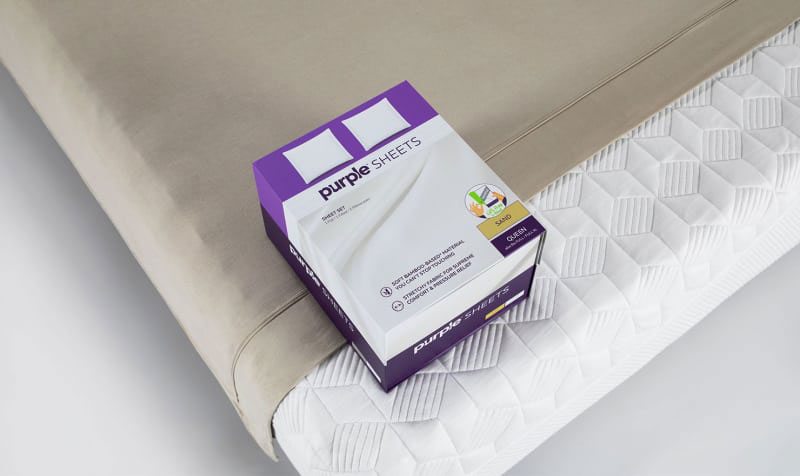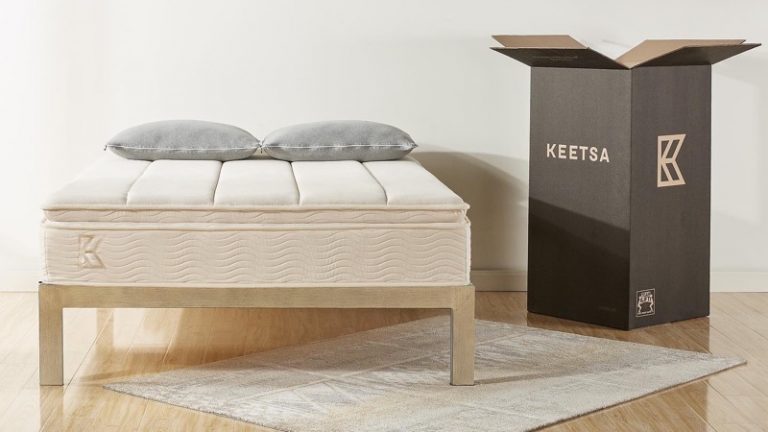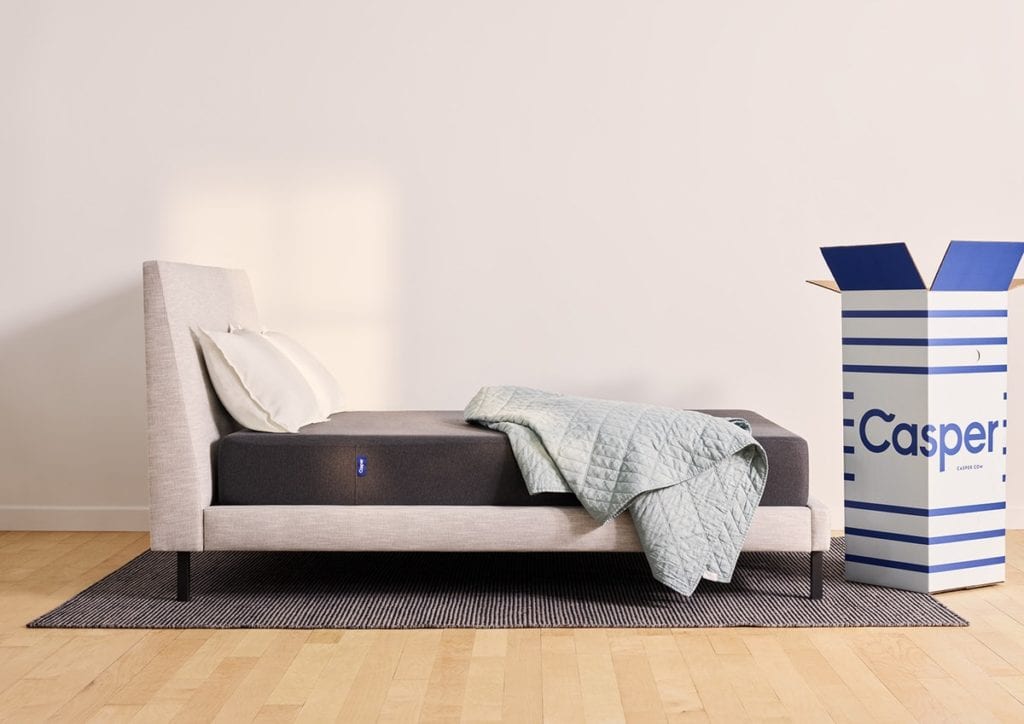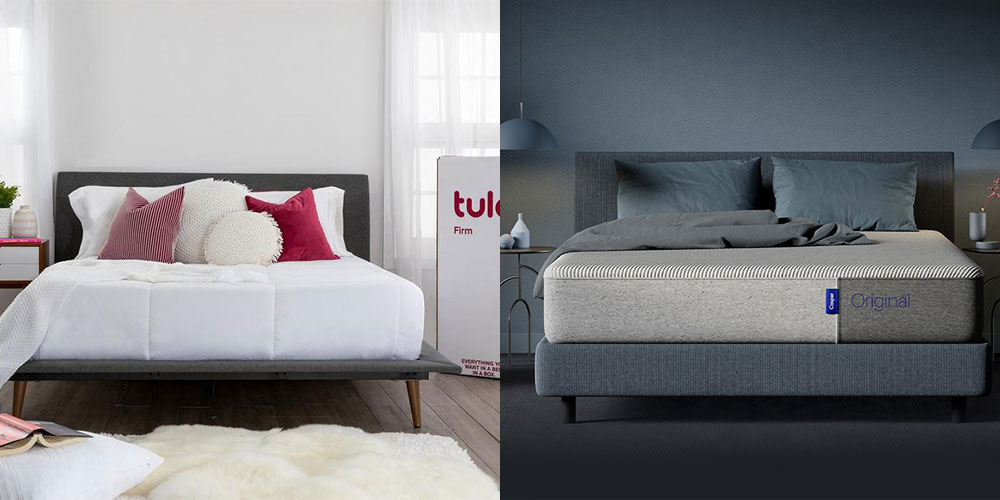You stretch and stand up after a fitful sleep. Then you watch in horror as you take a glimpse of your beautiful, comfortable bed. Right there, in the middle of your lovely sheet, is an unsightly bloodstain. Oh no, it’s that unwelcome, annoying end-of-the-month visitor.
But it’s not just menstrual blood that ruins your sheets. Your kids may incur some minor cuts as they play and tumble on your bed. Your little furball might have a small injury on the paw as he jumps on your sheets.
Bloodstains are painfully tough to remove. But, it’s not the end of your world—or your sheet. These techniques teach you how to remove blood stains from sheets the effective, quick, and affordable way!
The Science of Enzymatic Stains
Have you ever wondered why it’s so difficult to remove some types of stains? Sure, by just using water and detergent, you can easily wash clothes and sheets smudged with soil and mud. But using that same straightforward method on blood, chocolate, or and stains? You can wash until you scrape the skin off your hands, and those stains will still happily cling to the fabric. The best that can happen is that the stain fades a little.
Why is it so? Nature is just so unfair; why not make all stains disappear with just a simple soak, scrub, and rinse?
Believe it or not, even simple stuff such as stains revolves chemistry. Yes, it’s all about science, folks. Let’s dissect the wonderful world of stains.
Stains are categorized into four distinct groups:
* Particulate stains – from mud, ground dirt, and dust
* Oxidizable stains – from coffee, tea, soda, and alcoholic drinks
* Surfactant stains – from lotions, lard, and oils
* Enzymatic stains – from organic substances like egg stains, baby food, and blood
It would take forever to discuss the nitty-gritty of all kinds of stains. So for this article, we’ll focus on the last one—enzymatic stains.
As the name implies, enzymes form the foundation of enzymatic stains. Enzymes are proteins made of amino acids. Enzymes are catalysts of biological and chemical reactions. In other words, they are agents that start biochemical reactions. One interesting characteristic of enzymes is that each enzyme reacts to a specific substrate.
Now, remember the days when you were attending your high school or college biology class. At one point in time, your class engaged in a discussion about blood, the life-giving fluid that runs in our veins. What composes blood? Blood is actually made up of red blood cells (RBCs) suspended in a clear liquid called plasma. Plasma is composed of water, mineral ions, hormones, carbon dioxide, and proteins.
Although proteins are vital to our system, these same proteins are our mortal enemies when it comes to stains.
Why Removing Blood Stains from Sheets Is So Difficult
What happens when blood from a cut, a nosebleed, or your period drops on your bed sheet? When blood makes contact with a substrate like cloth, it doesn’t simply stain the substrate. Rather, the proteins in the plasma ionize and bind to the sheet’s fibers.
Note that the binding action does not limit to cloth. Other substrates such as concrete, rock walls, drapes, or car upholstery are magnets to these kinds of surfaces.
These proteins coagulate and become a sticky, gelatinous clump as water from the plasma evaporates. Furthermore, chemical reactions from the enzymes form a dried outer layer of blood. This is exactly the same reaction why you stop bleeding a few minutes after your skin is cut: your blood clots and forms scabs.
Although plasma itself is transparent, it has millions of RBCs suspended in it. The RBCs are what makes the stains red. Worse, the presence of the mineral iron in the blood allows it to react easily with natural fabrics.
This is why you can’t get rid of a pesky, unsightly bloodstain easily. It’s not just a simple blot on a piece of cloth. It is a stain that is actually glued to the fabric, held to the substrate by microscopic “chains.” And no, it’s not just your ordinary white glue. It’s indeed a kind of biochemical Spiderman-web super glue made of tough protein enzymes!
Just think: you are trying to wash, scrub, or rinse something that is glued on. Good luck getting rid of that!
How To Get Rid of New, Fresh Blood Stains
The old adage “an ounce of prevention is better than a pound of cure” does not work here, sadly. If it did, we would actually have a product that acts as a shield against stains. Fortunately, a lot of ways exist to remove blood from sheets. All these methods aim to do one thing—soften and sever the protein chains that are gluing the bloodstain to the fabric.
The best and easiest way to remove blood is to work on the stain while it’s still new and fresh. This way, the blood hasn’t had time to dry. Take the bloodied sheet off the mattress, and follow these steps:
1. Soak with cold water.
Wash and rinse the bloody sheets with cold water, preferably chilled or ice water. It might be tempting to use warm or hot water, considering that hot water is a general, house-proven “remedy” for stain removal. Well, in this case, it’s not exactly a good idea.
That’s because high temperature further sets the stain, making it harder to remove. Specifically, the high heat actually cooks the blood into the sheet fibers. It’s similar to frying something on a non-stick pan: it’s difficult to pry out the food while it’s cooking.
Cold water, on the other hand, helps wash away the stain. It is especially effective when combined with quality laundry detergent or stain-removing formula.
2. No rub, just dab.
Being gentle has its rewards. When cleaning fresh blood out of sheets, gently dab a damp cloth or paper towel on the stain. Don’t rub the stain because it just smears the blood to a bigger area. The rubbing action also pushes the still-wet blood deeper into the fabric.
3. Use effective stain removers.
After soaking your sheets for a few hours (or overnight), it’s time to take out the heavy-duty soldiers in cleaning. Yes, we’re talking about stain removers. Best of all, you can easily get rid of blood stains out of sheets by using everyday items that you have lying in your pantry or cupboard.
* Saltwater
Mix a tablespoon of salt with a cup of water. Moisten the stain with the mixture using a clean towel then let it sit for about 10 minutes. Finally, rinse the sheet with cold water. Alternatively, you can immerse the sheets in your saltwater solution for a few hours before spot cleaning.
Want a more powerful solution? Mix 2 tablespoons of salt and 1 tablespoon of dish soap, shampoo, or liquid detergent. Apply the mixture directly on the bloodstain, or use a toothbrush to gently scrub it into the stain. Let it sit for 30 minutes, rinse, and then repeat as needed.
* Baking soda and cornstarch
Getting blood out of sheets can also be done using two common household ingredients—baking soda and cornstarch. Mix baking soda, cornstarch, and a bit of cold water to the consistency of toothpaste. Apply this paste—or gently scrub with a toothbrush—onto the bloodstain. Let the solution do its work for half an hour then rinse, making sure to wash any residue. Repeat the process as necessary.
For a more powerful solution, add some hydrogen peroxide in the paste.
* Ammonia-based window cleaner
Spray a few squeezes of ammonia-based window cleaner on the stain. Allow to sit for 15 minutes then rinse out from behind with cold water.
* Diluted ammonia
For heavy and stubborn stains, use diluted ammonia. Mix 1 tablespoon of ammonia and 1 cup of cold water in a spray bottle. Shake thoroughly to mix, then spray onto the stain. Wait for 30 minutes to an hour then blot out any residue using a clean cloth. Finally, rinse the sheet in cold water.
Take note that ammonia may fade colored fabrics, so it’s best to use caution if you want to use this solution on colored sheets.
How To Get Rid of Dried, Dried Blood Stains
The processes in how to get dried blood out of sheets are very similar to those in treating fresh bloodstains. However, there are a couple of extra solutions that we would like to add to get rid of a tougher opponent.
* Unseasoned meat tenderizer
Whoa, that works? Oh yes, it could! It actually works similar to baking soda and cornstarch. Mix 2 teaspoons of cold water to 1 tablespoon of meat tenderizer. Work into a paste. Apply the paste on the stain, pressing it so it goes deep into the fibers of the fabric. Let it sit for half an hour to an hour, then brush the paste’s residue. Rinse the sheet in cold water and repeat if necessary.
* White vinegar
Pour some white vinegar in a bowl and soak the stained part of the sheet in it. If the stain is large, put a rag or towel under the sheet then pour vinegar on the stain. After 30 minutes, wash the sheet using cold water.
* Hydrogen peroxide
Hydrogen peroxide is found in your medicine cabinet. But you can use it to get dried blood out of sheets. Pour some onto the stain and dab it with an old toothbrush. Let it sit for 10 minutes to soften the bloodstain then blot the stain with a damp cloth or sponge. Pat the stain with a clean towel or douse the sheet with cold water.
A few things though: one, exposing hydrogen in bright light turns it into water. This pointer would come off as strange, but use hydrogen peroxide in a dimly lit room to prevent that chemical reaction. Alternatively, you can put a dark plastic wrap over the stain. Two, be careful when using hydrogen peroxide on colored fabrics as it may bleach the material.
* Borax
It is not some mystery substance. Borax-–which you can find in hardware stores, swimming pool supply stores, and laundry isles—is a great general-use household product. Make a soaking solution out of borax; follow the instructions in the package. Soak the sheet in the solution overnight. Then, as usual, rinse with cold water then hang the sheet to dry.
If all else fails, have your sheets laundered in a specialty or dry-cleaning shop. They use special enzyme cleaners that break the protein chains, therefore removing the bloodstain. While some of these enzymic cleaners are available at local stores, they have special instructions that make using them a bit more complicated. As such, it is best to let the experts handle the usage of these special cleaners.
Frequently Asked Questions
Definitely! Get an empty spray bottle. Fill it with 1 part hydrogen, 1 part baking soda, and half part of cold water. Close the bottle, and give it a good shake so all ingredients are mixed thoroughly.
To use, spray some of the solution on the stain. Leave it for 5 minutes, then rinse off the sudsy solution. Repeat the process twice or thrice until the stain disappears.
Not only it is a safe solution, but you’ll also save some money!
Fur can be natural or synthetic. Either way, it may be quite challenging to remove those stains. But don’t fear because there is a way.
Blot up with a damp sponge the blood is still fresh. Make a solution of mild biological detergent and add a few drops of ammonia. Soak and wring a clean cloth in the solution. With the moistened cloth, rub the stain on the nap. However, make sure you do not over-wet the fur’s backing or the pelt.
Dip another clean cloth in clear, clean water. Wring and stroke the fur gently. Finally, air-dry the sheet.
Yes, but you need to do any of the processes discussed above to break down the proteins that bond the stain to the fabric. Transfer the sheet in your washing machine and select a cool cycle. Remember that washing with warm or hot water is a no-no, so don’t switch on your machine’s hot water cycle. Launder your sheet as per your machine’s instructions, and repeat until the stain is removed.
Lastly, leave the sheet to air dry in bright sunshine. The sun’s UV rays will help bleach out the remnants of a stain.
Conclusion
Staining your sheets is unavoidable no matter how careful you are. An “accident” can come at an inopportune time—when you’re sleeping, while your kids play on your bed, while you’re holding something sharp while in bed (scary thought though). There are innumerable ways how messy substances—yes, including blood—can soil your beautiful sheets.
But it’s nothing to fret on. Such stains can easily be removed using any of the options mentioned above! And that’s a lot of options!
It is also advisable that you learn how to use biological or enzyme-based detergents. Used by professional cleaners, these are incredibly effective in breaking the stain’s protein bonds.
Those days of bloodied sheets are long gone. Knowing how to remove blood stains from sheets effectively ensures that you have fresh, clean sheets all the time!





